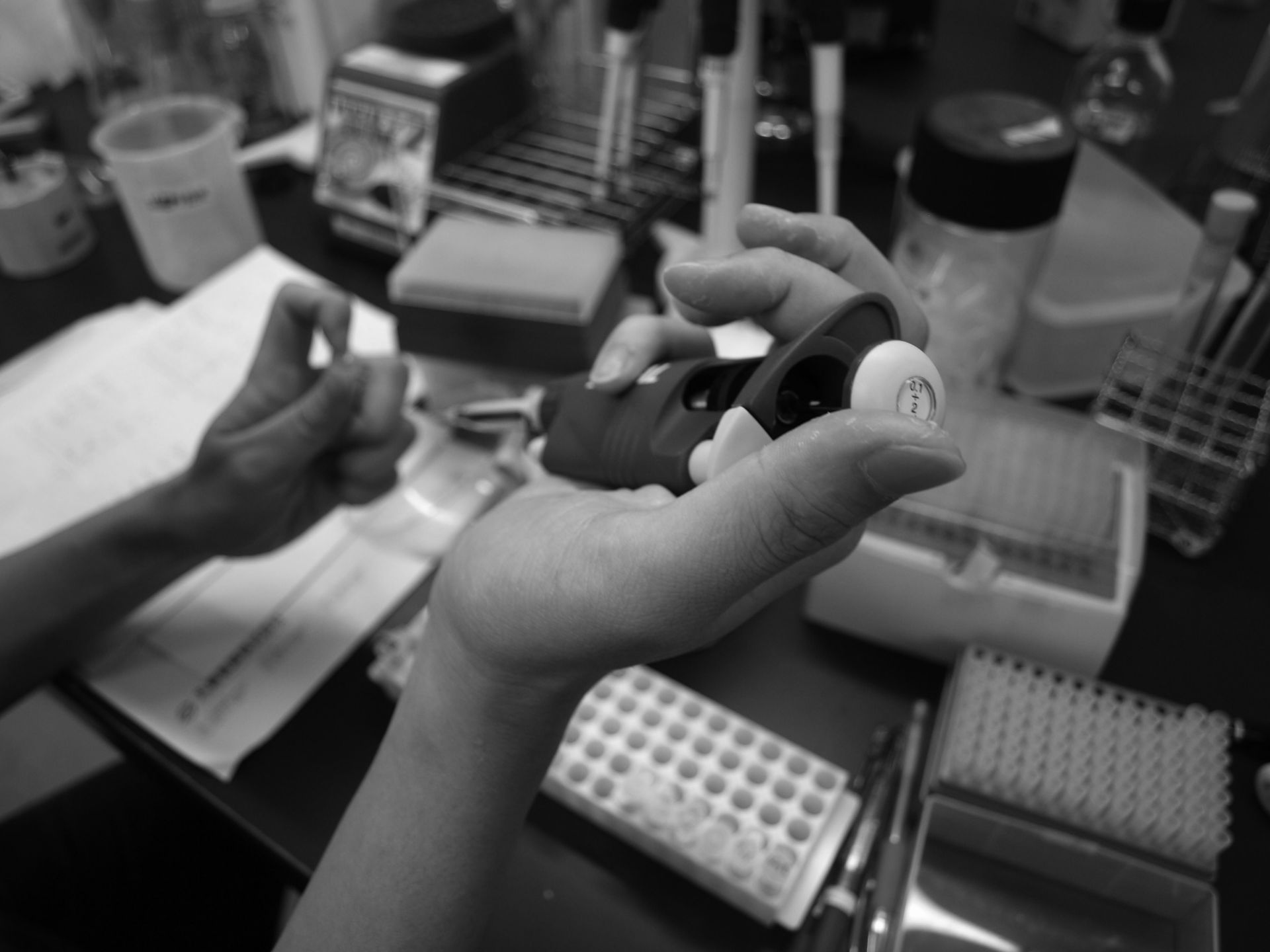Team:KIT-Kyoto/Test/Safety/ci
From 2014.igem.org



Check In
1. Information about Organism:citrus unshiu(japanese orange)
- What is the Risk Group of this organism?
- What source did you use to get the Risk Group information?
Risk Group 1
NIH Guidelines
2. Information about Part(s):beta-pinene synthase enzyme gene in citrus unshiu
- What is the natural function of this part in its parent organism?
- Does the part, by itself, present any safety risks? If so, what are the risks? If not, why not?
Synthesis of d-limonene in Citrus unshiu.
D-limonene is contained in Japanese orange we eat and there is no risk in general. However, according to the Japanese Ministry of Health, Labour and Welfare, limonene is a chemical substance which can cause mucosal irritation. Therefore, it might to be harmful for our health to take it in in an excessive amount.
3.
- What will you use the part/organism for?
To change the smell of E.coli and S.cerevisiae.
4.
- How do you plan to acquire the part/organism?
Dr. Shimada at NARO(National Agriculture and Food Reseach Organization,Japan)gave us the plasmids containing these genes.(www.naro.affrc.go.jp)
5.
- Does this part/organism require any additional safety precautions, beyond the precautions you will take for ordinary lab work? How will you handle the part/organism safely and protect members of your team, other people in your lab, and members of the public?
The committee of gene recombination experiment and safety in our institute(Kyoto Institute of Technology,KIT)gave us the permission and we are conducting experiments in compliance with the KIT's safety guideline. We are doing experiments according to the guideline. Moreover the supervisors are always checking our experiments.
6.
- Further comments (If you have already begun using this organism/part, briefly describe what you have done with it.)
We used PCR to amplify genes which encode d-limonene synthase. After that we inserted the part into expression vectors of E.coli and S.cerevisiae.
1. Information about Organism:citrus unshiu(japanese orange)
- What is the Risk Group of this organism?
- What source did you use to get the Risk Group information?
Risk Group 1
NIH Guidelines
2. Information about Part(s):gamma-terpinene synthase enzyme gene in citrus unshiu
- What is the natural function of this part in its parent organism?
- Does the part, by itself, present any safety risks? If so, what are the risks? If not, why not?
Synthesis of gamma-terpinene in Citrus unshiu.
Gamma-terpinene is contained in Japanese orange we eat and there is no risk in general. However, according to the Japanese Ministry of Health, Labour and Welfare, terpinene is a chemical substance which can cause mucosal irritation. Therefore, it might to be harmful for our health to take it in in an excessive amount.
3.
- What will you use the part/organism for?
To change the smell of E.coli and S.cerevisiae.
4.
- How do you plan to acquire the part/organism?
Dr. Shimada at NARO(National Agriculture and Food Reseach Organization,Japan)gave us the plasmids containing these genes.(www.naro.affrc.go.jp)
5.
- Does this part/organism require any additional safety precautions, beyond the precautions you will take for ordinary lab work? How will you handle the part/organism safely and protect members of your team, other people in your lab, and members of the public?
The committee of gene recombination experiment and safety in our institute(Kyoto Institute of Technology,KIT)gave us the permission and we are conducting experiments in compliance with the KIT's safety guideline. We are doing experiments according to the guideline. Moreover the supervisors are always checking our experiments.
6.
- Further comments (If you have already begun using this organism/part, briefly describe what you have done with it.)
We used PCR to amplify genes which encode gamma-terpinene synthase. After that we inserted the part into expression vectors of E.coli and S.cerevisiae.
1. Information about Organism:citrus unshiu(japanese orange)
- What is the Risk Group of this organism?
- What source did you use to get the Risk Group information?
Risk Group 1
NIH Guidelines
2. Information about Part(s):d-limonene synthase enzyme gene in citrus unshiu
- What is the natural function of this part in its parent organism?
- Does the part, by itself, present any safety risks? If so, what are the risks? If not, why not?
Synthesis of beta-pinene in Citrus unshiu.
Beta-pinene is contained in Japanese orange we eat and there is no risk in general. However, according to the Japanese Ministry of Health, Labour and Welfare, pinene is a chemical substance which can cause mucosal irritation. Therefore, it might to be harmful for our health to take it in in an excessive amount.
3.
- What will you use the part/organism for?
To change the smell of E.coli and S.cerevisiae.
4.
- How do you plan to acquire the part/organism?
Dr. Shimada at NARO(National Agriculture and Food Reseach Organization,Japan)gave us the plasmids containing these genes.(www.naro.affrc.go.jp)
5.
- Does this part/organism require any additional safety precautions, beyond the precautions you will take for ordinary lab work? How will you handle the part/organism safely and protect members of your team, other people in your lab, and members of the public?
The committee of gene recombination experiment and safety in our institute(Kyoto Institute of Technology,KIT)gave us the permission and we are conducting experiments in compliance with the KIT's safety guideline. We are doing experiments according to the guideline. Moreover the supervisors are always checking our experiments.
6.
- Further comments (If you have already begun using this organism/part, briefly describe what you have done with it.)
We used PCR to amplify genes which encode beta-pinene synthase. After that we inserted the part into expression vectors of E.coli and S.cerevisiae.
 "
"
